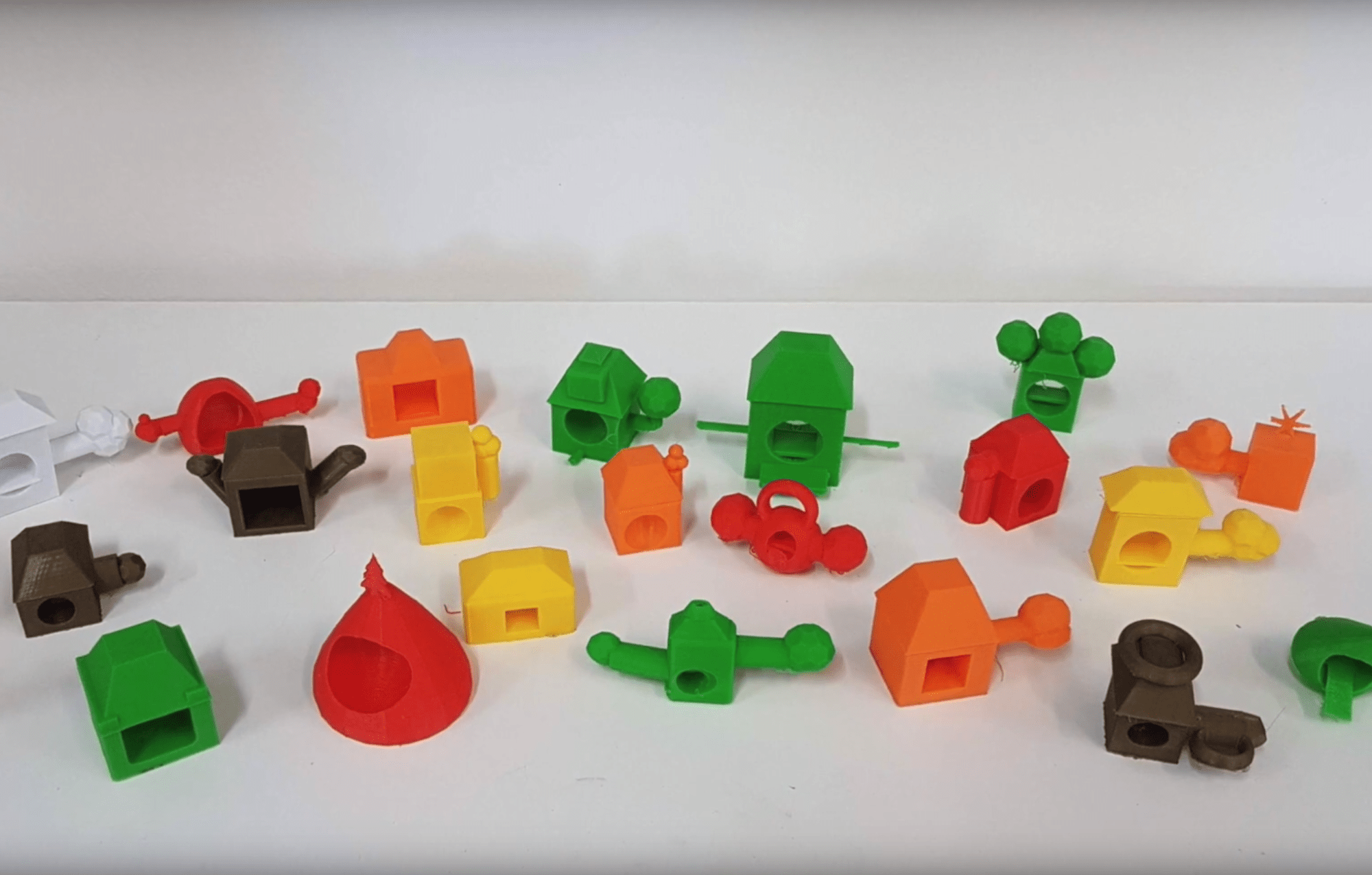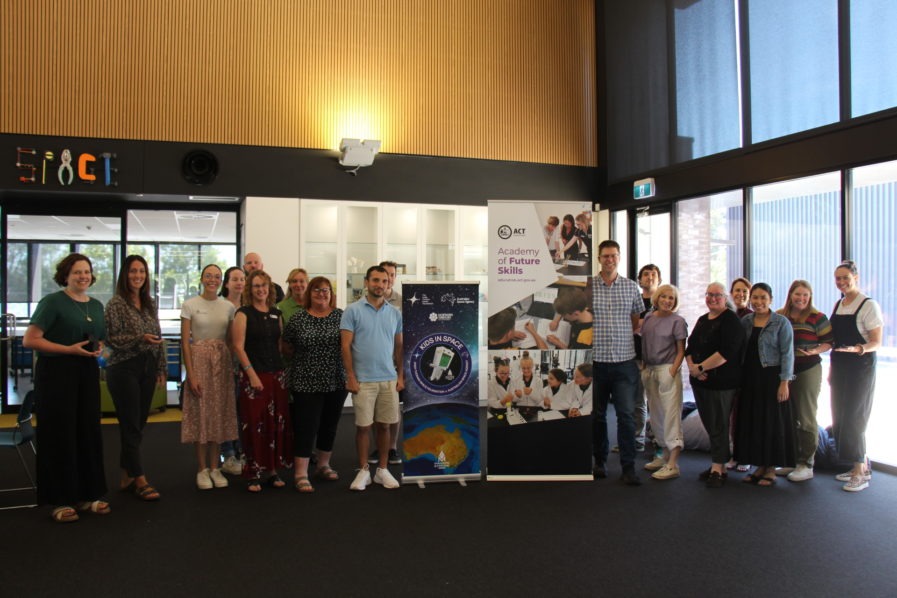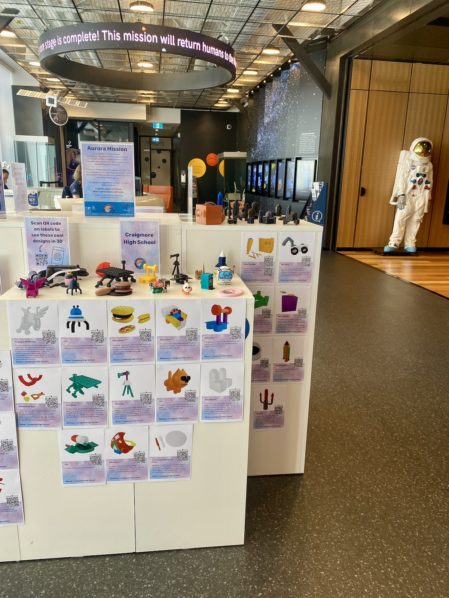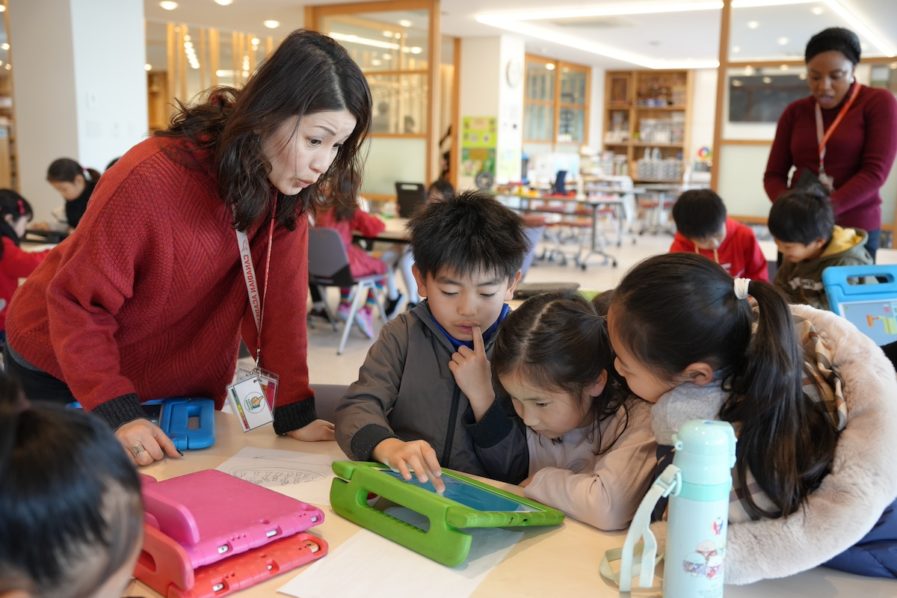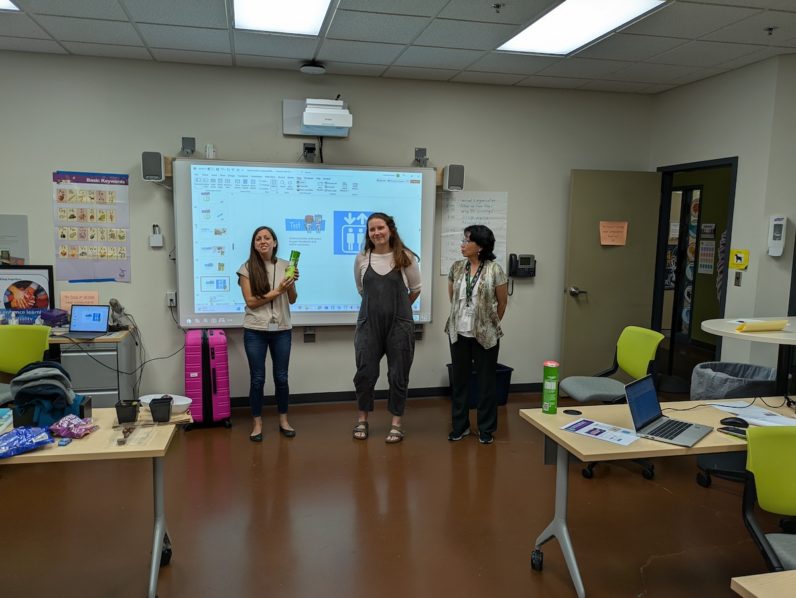 Jane Edwards is a teacher of 30 years plus experience and a Makers Empire Ambassador. She is currently working in two Catholic schools – she is a year 3 teacher at St Thomas School & Preschool and a STEM teacher at St Patrick’s School. At both schools, Jane has used technology to add to projects of investigation. She is also involved in a Catholic Education STEM project and with her co-teachers presented at a STEM Forum for Catholic Education at the Convention Centre. We spoke with Jane about how she’s using Makers Empire in the classroom.
Jane Edwards is a teacher of 30 years plus experience and a Makers Empire Ambassador. She is currently working in two Catholic schools – she is a year 3 teacher at St Thomas School & Preschool and a STEM teacher at St Patrick’s School. At both schools, Jane has used technology to add to projects of investigation. She is also involved in a Catholic Education STEM project and with her co-teachers presented at a STEM Forum for Catholic Education at the Convention Centre. We spoke with Jane about how she’s using Makers Empire in the classroom.
Equalising Learning with Technology
Jane has always had a love for technology in the classroom – she is a classic early adopter.
“I’ve always loved getting in on the ground floor,” she says.
Jane’s love of technology can be traced back to her beliefs. Firstly, she loves the way technology can expand students’ minds. Secondly, and equally importantly, she believes that technology can be a great equaliser for students: she feels strongly that technology can help students who may not be the most academically strongest achieve great innovation and success.
Jane’s beliefs were validated with her Makers Empire experience.
“Makers Empire is a real leveller for all children to meet with success,” she says.
Designing Monster Mascots with Makers Empire
For her first 3D printing project, Jane decided to have her students create something that would be exciting for them, that was meaningful to them, and that they could all personalise. So she had her students use Makers Empire 3D design software to create their very own 3D printed mascots. Check out the video she made:
Designing Bird Houses with Makers Empire
For their second 3D printing project, Jane decided to have her students solve a real-world problem.
Jane explains: “We decided to make prototype models for new Birdhouse designs. First, we brainstormed what we wanted, drew detailed plans, designed our birdhouses in Makers Empire, refined our designs, then printed them. This topic has provided an authentic learning experience that helps our students integrate 3D printing to print with a purpose.”
Learning to Revise Their Work and Developing Persistence
Jane was thrilled with the progress her students made while working on the above projects
“These birdhouses my year 3s have made are stunning,” she says.
“If we ask them to rewrite a story (we get) moans and groans. But if we ask students to refine their birdhouse designs in Makers Empire, they are (so enthusiastic), shaving off a millimetre, creating an extra curve… The absolute depth of revision is incredible. I find it absolutely amazing. They are actually sticking with something and improving it and refining it and learning persistence. They have shown such persistence in their work.”
Differentiated Learning and Helping Special Needs Students Succeed
Jane also loves the way teachers can differentiate learning for students with Makers Empire so that each student can achieve at their own pace and at their ability level.
In particular, Jane has seen her special needs students really enjoy learning with Makers Empire.
“I can see its potential for unlocking that creative side and equalising learning for children with special needs. We’ve got a child in our Year 3 class who works at Foundation level with their special needs. They love Makers Empire and creating mazes. Some of it is a bit technical, but if you give this child a really structured, scaffolded direction, they can do anything. Their birdhouse was as good as, if not better than some of the other students.'”
For Jane, using Makers Empire means that her students with special needs can learn happily alongside their fellow students.
“You can make it as big or as narrow as you like and every child can meet with success…. So they’re validated and these students are not often validated,” she says.
Jane’s 3D Printing Tips for Teachers
- Start with a fun project to engage students – depending on the age of your students, think mascots, bag tags, bookmarks or bubble blowers.
- Next, solve a real-world problem. Think about everyday problems in your school that your students could solve using Design Thinking and 3D printing.
- Align your 3D printing projects with your term projects and curriculum.
- Consider organising buddy classes so more experienced students can help and support new students.
- Remember that you don’t have to print everything your students make. Only print the best designs and what is manageable.
Thank you for sharing your story with us, Jane. What a great start you’ve made with 3D printing – we look forward to seeing what you and your students get up to next.

